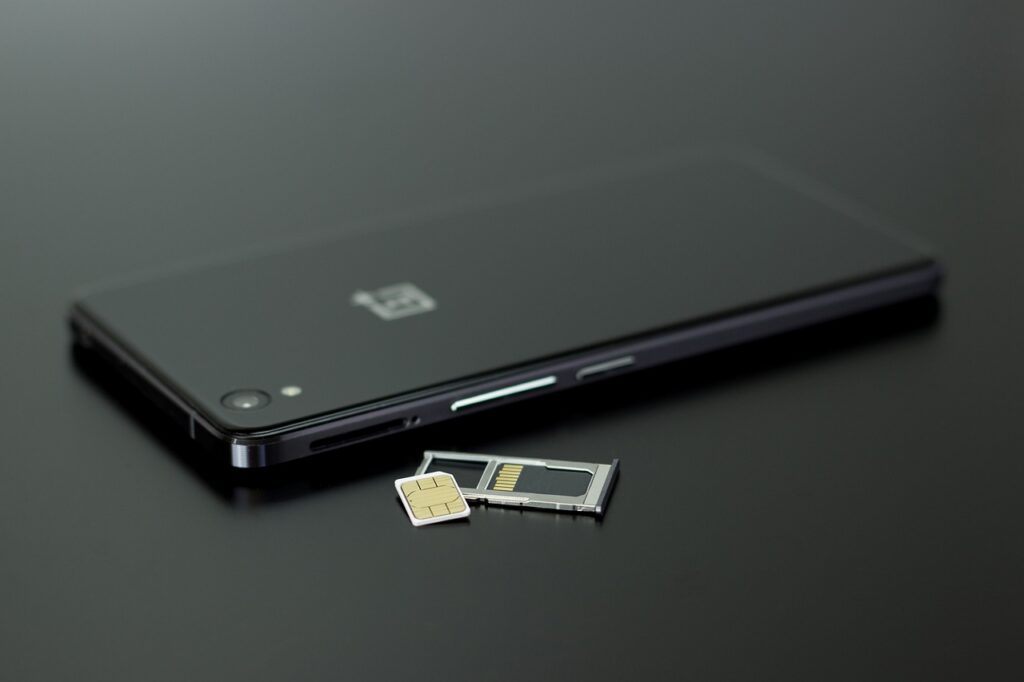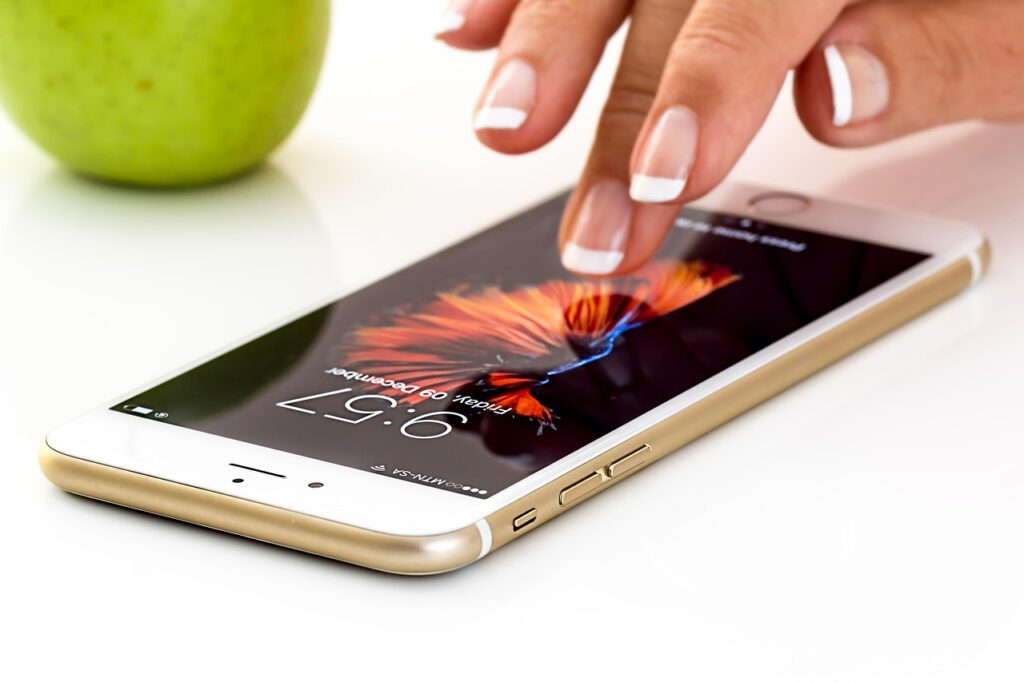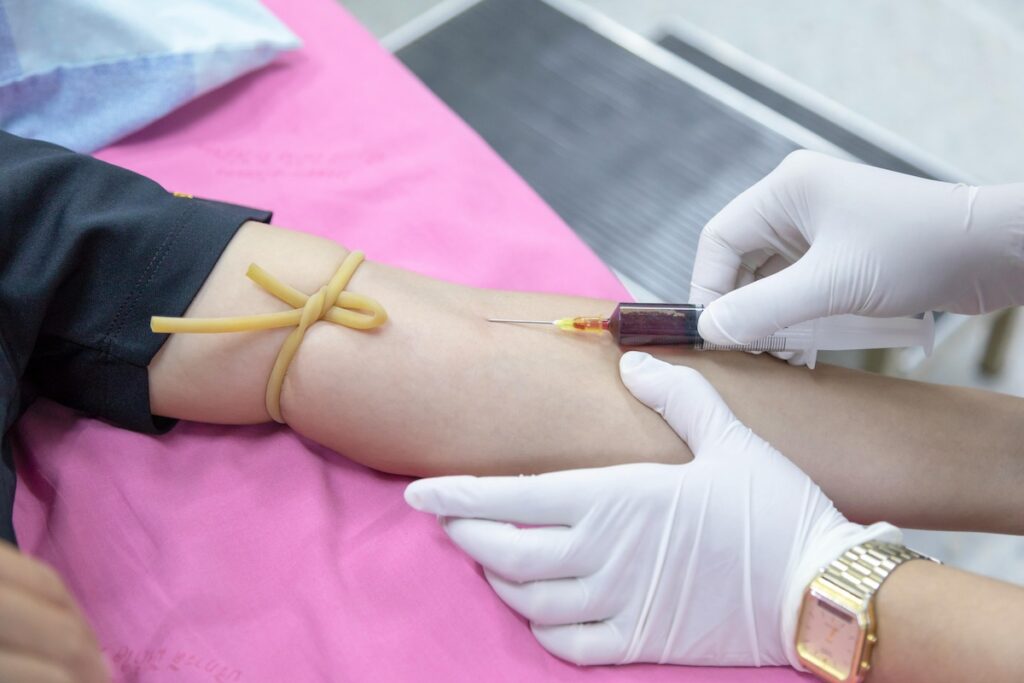Introduction: Why Your Phone Matters on Arrival
You just touched down in Korea, suitcase in hand, jet lag still tugging at your eyes. One of your first thoughts? Making sure your phone actually works. Messaging friends, using maps, checking metro times, maybe catching up on the news — all depend on your device connecting smoothly.
Many travelers and expatriates bring their own mobile phones from home. It’s convenient, familiar, sometimes cheaper than restarting with a new device. But using that same phone in Korea can pose challenges: will it be compatible? Will the SIM card work? Do you need to unlock it? Can you keep your old number? How much data will cost?
This guide is for you — whether you arrive for a short stay or long term. You’ll learn how to check your phone compatibility, choose between SIM / eSIM / roaming / pocket-WiFi, how much it costs, and what steps to take from arrival to smooth, daily use in Korea.
1. Is Your Phone Compatible with Korean Networks?
Not all phones made for one country automatically work elsewhere. To use your phone in Korea you need to check a few key things:
- Unlocked / SIM-free status: Your phone must not be locked to a specific carrier. If it’s locked, you may need to ask your home carrier to unlock it before you travel.
- Network bands / mobile standards: Most phones made in recent years support 4G/LTE and 5G. But you should confirm your phone supports the Korean bands used by major networks.
- Slot type & physical specs: Your phone should accept the typical nano-SIM size (if using physical SIM). For some eSIM options, your phone must have eSIM capability.
- Registration / documentation: In some cases, if you stay longer, your SIM/eSIM may need to be registered to your passport or foreigner registration, especially for voice or number services.
If your phone ticks these boxes, you are well on your way to using it in Korea.

2. SIM Card Options in Korea
Getting a local Korean SIM card is a common and effective choice. Prepaid SIMs are widely available for foreigners, often without long-term commitment.
2.1 Prepaid / Tourist SIMs
- Many companies offer short-term prepaid SIM cards. Depending on data volume and duration, you can get plans from a few days up to a few months.
- Some packages include voice and SMS; others are data-only.
- Pick-up at the airport is often possible; some providers offer delivery to your accommodation.
- You need to show your passport for identification.
2.2 Long-term / Monthly or Contract Plans
If you are staying for a long time (student, work, residency), you might want a plan that lasts many months.
- These may require more documentation, such as proof of address, bank account, or foreign registration.
- Postpaid (monthly billing) options sometimes require credit checks or identity verification.
- Some offers bundle more data, calls, or perks, depending on provider.
2.3 eSIM (Embedded SIM)
- eSIM is like a digital SIM — you don’t insert a physical card; you install a profile on your phone.
- Many foreigners prefer eSIM when they travel, especially if they want to keep their original number active for use back home.
- Some eSIM plans are data-only, others include calls/texts.
- You can often order eSIM online before arrival, receive a QR code, and activate once in Korea.
- Take care of eSIM terms: validity, data limits, fair use, whether calls are included, whether voice number is assigned.
3. Roaming vs. Local Use: Costs & Tradeoffs
Sometimes, national carriers from your home country offer international roaming— you may continue using your old SIM number and plan in Korea. But roaming can be expensive, depending on your provider and plan.
3.1 When roaming makes sense
- Short stay trips where you don’t want to change your number or plan.
- Business travelers needing continuity with home office.
- Occasional use of data, texts, calls, without high volume.
3.2 When roaming becomes costly
- Heavy data use (streaming, maps, maps, social media) can become expensive if your plan charges high per-MB/GB rates.
- Some roaming plans limit high speed data, or charge per day.
- Overuse can lead to extra fees.
3.3 Pocket Wi-Fi / portable Wi-Fi routers
- Some travelers rent a pocket Wi-Fi (sometimes called “Wi-Fi egg“) that provides shared internet access for multiple devices.
- Good option if several people travel together and want high data usage, but may restrict mobility.
- Power, battery, charging, and battery life matter.
- Usually not a replacement for voice/SMS unless you specifically rent a phone or use your own number via apps.
4. Step-by-Step from Arrival to Full Setup
- Before you leave home
- Check if your phone is unlocked. If not, request unlocking from your provider.
- Confirm your phone supports relevant networks (4G/LTE, 5G) and Korean band frequencies.
- Decide roughly how many days you stay, how much data you expect to use, whether you need call/text, whether you want to keep your old number or use a new one. - At the airport or soon after arrival
- Go to a telecom provider counter if you want to buy a SIM or eSIM.
- Show your passport and any required documents.
- Choose a plan that matches your duration and data usage.
- Activate the SIM / eSIM. Test your data, calls, messaging to make sure everything works. - During your stay
- Monitor your data usage; top up or renew as needed.
- If using a data-only eSIM or pocket Wi-Fi, make backups or alternative plans in case your access needs change.
- If you need to perform identity-verified services (banking, subscription services, official registration), check what requirements your telecom provider has for linking your SIM/eSIM. - If staying long-term
- Consider converting to a longer contract or more inclusive plan if that reduces your per-month cost.
- Keep track of your account renewal dates, top-up methods, and data terms.
- Be aware of changes (if your plan expires, if you move, if you change status/residency).

5. Approximate Pricing & Data Plans (2025)
While exact prices vary by provider and plan, here are typical patterns and rough cost expectations:
- Short-term SIM (e.g., up to 1 week or 2 weeks) with moderate data: cost is reasonable and affordable.
- Longer stay prepaid / monthly packages cost more overall, but may offer better value per GB or more features.
- eSIM data-only plans often cost less than full voice plans, but may exclude call/text or require extra fees for voice.
- Roaming passes or home-carrier international plans can be convenient but may come at higher per-day or per-GB rates.
- Pocket Wi-Fi rental adds cost but may suit heavy data users, multi-device users, or those unwilling to change SIMs.
6. Common Issues & Solutions
- SIM lock / being unable to insert local SIM: always check unlock status before departure.
- Network band incompatibility: some phones may support different frequencies; older phones may fail.
- eSIM limitations: not all devices or models support eSIM; some eSIMs don’t include phone numbers; some are data-only.
- Identity verification / registration: depending on plan, you may need to link your SIM or eSIM to identification; some telecom providers require passport or alien registration card.
- Signal or coverage differences: certain areas (rural vs metropolitan) may have weaker signal; check provider coverage maps.
- Cost surprises: monitor your data usage or international fees to avoid overcharges.
7. Which Option Should You Choose? (Quick Decision Guide)
- If you stay a very short time and just need enough data to communicate and navigate → choose prepaid SIM or data eSIM or pocket Wi-Fi.
- If you stay a medium period (a few weeks to a few months) and want convenience with reasonable cost → use prepaid SIM or eSIM, possibly including voice/text if needed.
- If you stay long-term (work, study), and will need reliable calls, banking, official services, frequent use → consider monthly or contract plans; possibly upgrade as needed.
- If you want to keep your home number fully functional (for business or personal reasons), look at your home carrier’s roaming or international plan, but check costs first.
- If you travel with others or use many devices, a portable Wi-Fi router can help — but compare cost vs SIM alternatives.
Conclusion
Using your own phone in Korea 2025 is very possible with the right preparation. The key is checking compatibility, knowing your usage needs, and choosing between SIM, eSIM, roaming, or Wi-Fi. Prices vary, but there are many good options tailored to duration, data use, and your comfort level.
With the right setup, your phone becomes a seamless tool for navigation, communication, study, work, and fun — from day one in Korea.

